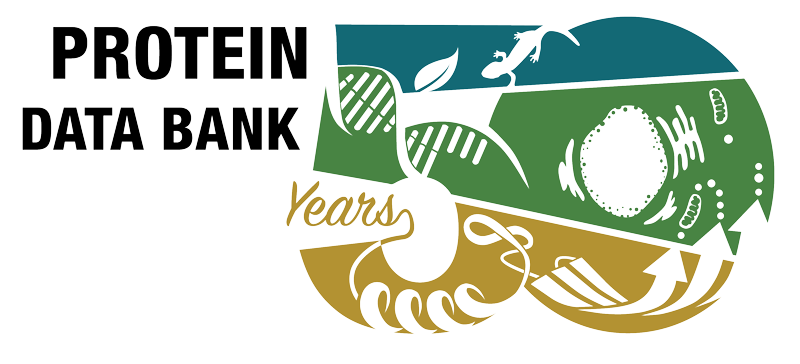Abstract
A cutinase-like enzyme from Saccharomonospora viridis AHK190, Cut190, hydrolyzes the inner block of polyethylene terephthalate (PET); this enzyme is a member of the lipase family, which contains an α/β hydrolase fold and a Ser-His-Asp catalytic triad. The thermostability and activity of Cut190 are enhanced by high concentrations of calcium ions, which is essential for the efficient enzymatic hydrolysis of amorphous PET. Although Ca(2+)-induced thermostabilization and activation of enzymes have been well explored in α-amylases, the mechanism for PET-degrading cutinase-like enzymes remains poorly understood. We focused on the mechanisms by which Ca(2+) enhances these properties, and we determined the crystal structures of a Cut190 S226P mutant (Cut190(S226P)) in the Ca(2+)-bound and free states at 1.75 and 1.45 Å resolution, respectively. Based on the crystallographic data, a Ca(2+) ion was coordinated by four residues within loop regions (the Ca(2+) site) and two water molecules in a tetragonal bipyramidal array. Furthermore, the binding of Ca(2+) to Cut190(S226P) induced large conformational changes in three loops, which were accompanied by the formation of additional interactions. The binding of Ca(2+) not only stabilized a region that is flexible in the Ca(2+)-free state but also modified the substrate-binding groove by stabilizing an open conformation that allows the substrate to bind easily. Thus, our study explains the structural basis of Ca(2+)-enhanced thermostability and activity in PET-degrading cutinase-like enzyme for the first time and found that the inactive state of Cut190(S226P) is activated by a conformational change in the active-site sealing residue, F106.



 PMID:
PMID: 